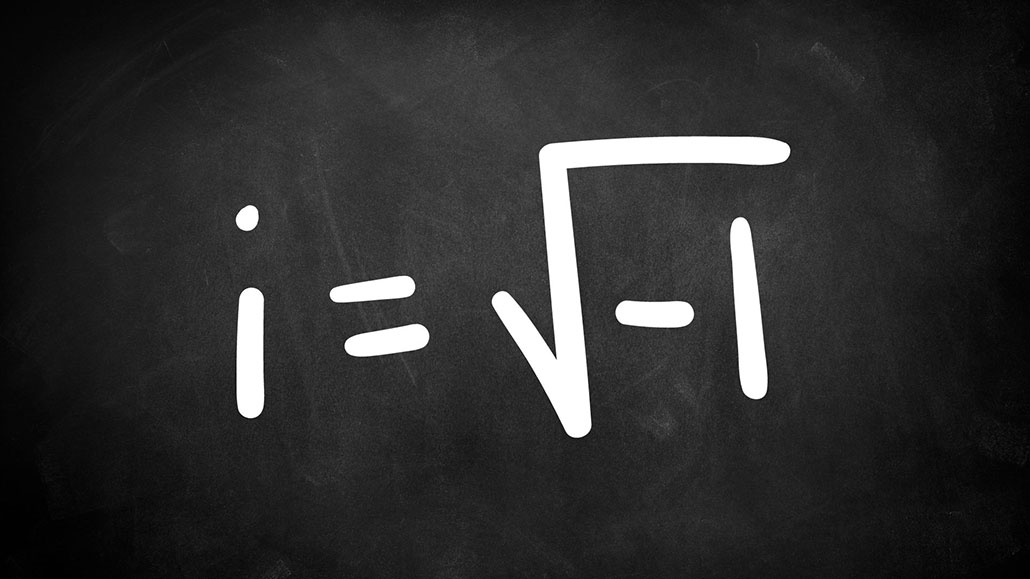cell: (in telecommunications) A technology that relies on a large number of base stations to relay signals. Each base station covers only a small area, which is known as a cell. Phones that rely on this system are typically referred to as cell phones.
equation: In mathematics, the statement that two quantities are equal. In geometry, equations are often used to determine the shape of a curve or surface.
information: (as opposed to data) Facts provided or trends learned about something or someone, often as a result of studying data.
physics: The scientific study of the nature and properties of matter and energy. Classical physics is an explanation of the nature and properties of matter and energy that relies on descriptions such as Newton’s laws of motion. Quantum physics, a field of study that emerged later, is a more accurate way of explaining the motions and behavior of matter. A scientist who works in such areas is known as a physicist.
quantum: (pl. quanta) A term that refers to the smallest amount of anything, especially of energy or subatomic mass.
quantum physics: A branch of physics that uses quantum theory to explain or predict how a physical system will operate on the scale of atoms or sub-atomic particles.
sound wave: A wave that transmits sound. Sound waves have alternating swaths of high and low pressure.
square: (In mathematics) A number multiplied by itself, or the verb meaning to multiply a number by itself. The square of 2 is 4; the square of 10 is 100.
square root: A number that has been multiplied by itself. As an example, 5 multiplied by 5 = 25. So 5 is the square root of 25. Similarly 1 is the square root of 1, and 10 is the square root of 100.
technology: The application of scientific knowledge for practical purposes, especially in industry — or the devices, processes and systems that result from those efforts.
transmit: (n. transmission) To send or pass along.
wave: A disturbance or variation that travels through space and matter in a regular, oscillating fashion.
wireless: (in telecommunications) An adjective that describes the ability of certain devices to send and receive radio signals over the air. It often refers to Wi-Fi networks and the networks operated by cell-phone companies to transmit data called up by phone users.

